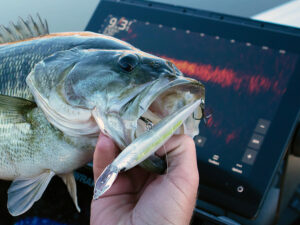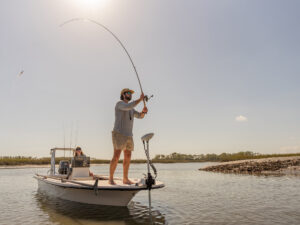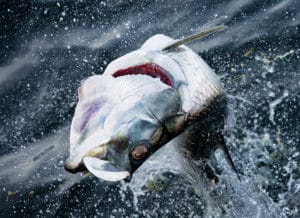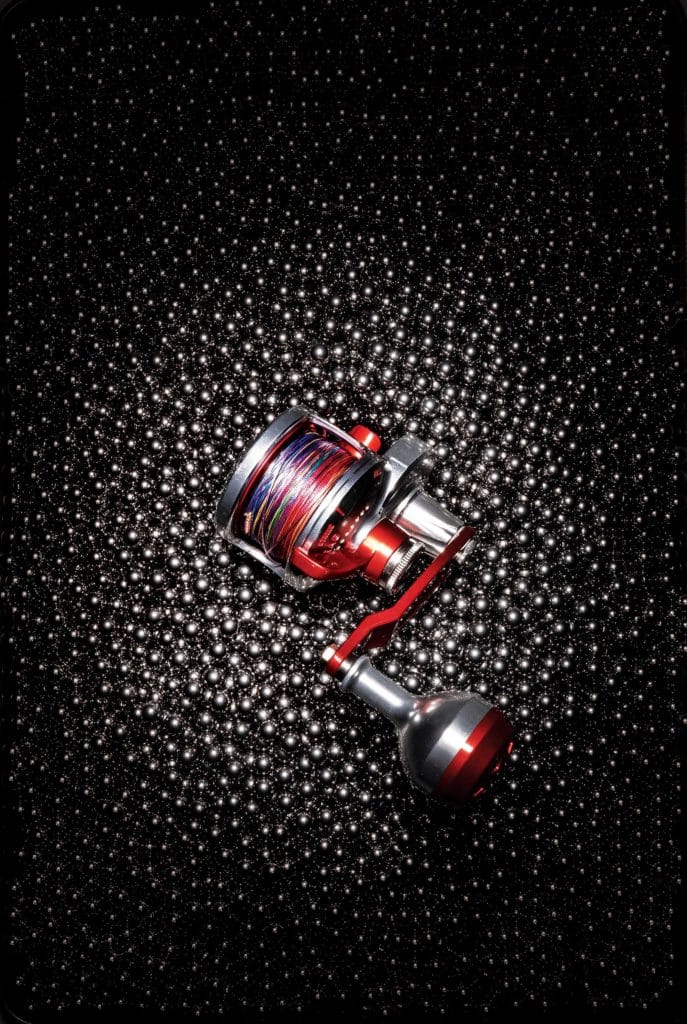
When they’re considering purchasing a reel, anglers can’t help but notice how many bearings it offers. But the truth is that reels with lots of bearings aren’t necessarily better.
The quality of the bearings, and the quality of the reel that contains them, are much more important than the number of bearings. For instance, a $30 reel that has 15 low-quality bearings might not work as well as a $500 reel with only six bearings.
Better bearings in a well-made reel won’t corrode as quickly as numerous but cheaper bearings in a cheap reel. High-quality bearings also make for longer casts, easier reeling, and better performance when you have a big fish on the line.
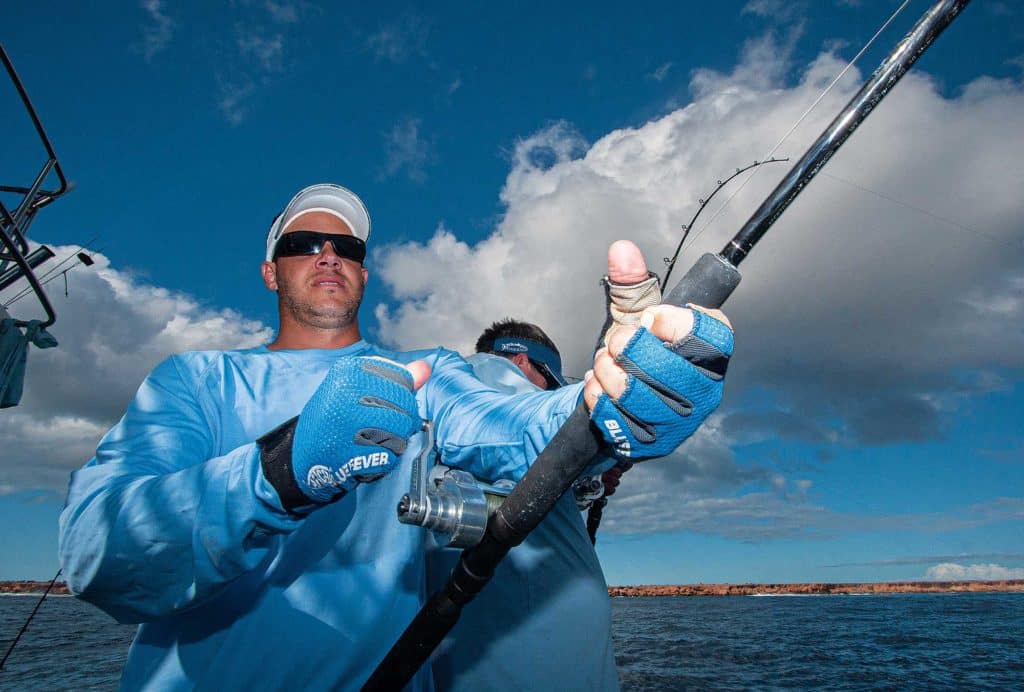
“You pick up a 15-bearing reel, it’ll feel pretty good,” says Ben Joyce, the brand manager for Penn (pennfishing.com). “But after you catch a few fish, it’ll feel like a coffee grinder,” reiterating that quality and location of bearings determine how they affect the performance of the reel.
Bearing Basics
There are four main factors that affect a reel’s performance: the body of the reel, in particular what it’s made of; the gear train of the reel, which Joyce says “can go from basic, low quality to the highest quality you can imagine”; the reel’s drag; and the entire bearing system.
He notes that Penn reels have a full-metal body, a 4+1 stainless-steel-bearing system, and brass gears. “When you mix all those components together, if you have precise tolerances, you don’t need a lot of bearings; you just need high-quality bearings in the right places.”
When it comes to spinning reels, Joyce cites four critical bearing locations: Two support the main gear and two support the pinion gear, “basically one on each end of the gears. Where they come together, that’s what spins the whole top of the rotor, and gives you a good-feeling reel that is fully supported while fighting a fish.”
He adds that some reels use bushings, which are circular and provide support like bearings but don’t have ball bearings on the inside. “Bearings are better for high-torque fish,” Joyce explains. “When you have pressure on the reel as you’re fighting a fish, there’s a whole bunch of metal-on-metal components that are touching each other as you turn the handle. Bearings help them slide over each other smoothly and provide better performance than bushings.”
As an added feature, some reels have bearings in the handle, the line roller in spinning reels, and the levelwind mechanism in conventional reels.
The design of the bearings in a reel as well as the material used to make the balls also can affect performance. The three main types of bearings in fishing reels are open, shielded and sealed. The balls are exposed in open bearings, so there is less friction on them and they spin faster. But they are more susceptible to corrosion from salt water and sand. Shielded bearings typically have a metal shield covering the bearing, and are more resistant to the effects of salt water and sand. Sealed bearings have a rubber seal, which provides the most protection.
Quality reels typically use stainless-steel ball bearings. Cheap reels might use chrome-steel balls, which are harder than stainless steel but much more susceptible to corrosion.
Boca Bearings (bocabearings.com) makes two types of ceramic hybrid bearings for fishing reels, selling them direct to the public and tackle shops. The Ceramic Orange Seal and the Ceramic Metal Shield feature ceramic balls inside stainless-steel retainers, which hold the balls inside the stainless-steel rings of the bearing, known as races.
“Ceramic hybrid bearings have a few distinct advantages,” says Cory Oliver, head of marketing for the South Florida company, which he says was the first to market ceramic hybrid bearings to the fishing-reel community. “First, ceramic balls will not corrode. Second, ceramic hybrids don’t need lubrication. Oil or grease is meant to preserve the life of the bearing, prevent corrosion, and keep particulates out, but it adds friction. It takes more effort for the balls to move when they’re in oil or grease. And third, ceramic hybrids can achieve higher rpm than stainless steel.”
A test done with an almost 12-year-old baitcasting reel and a new baitcaster found that when the original factory bearings were replaced with Ceramic Orange Seal bearings, casting distance increased by an average of 21.4 and 15.3 percent, respectively.
Also, ceramic balls don’t conduct heat, so they can better handle big fish, and they won’t weld to the race during the fight. “Apart from corrosion, the most common breakdown in bearings is microwelding between a ball and the race,” Oliver says. “They weld together and snap off, and the reel seizes or blows apart.”
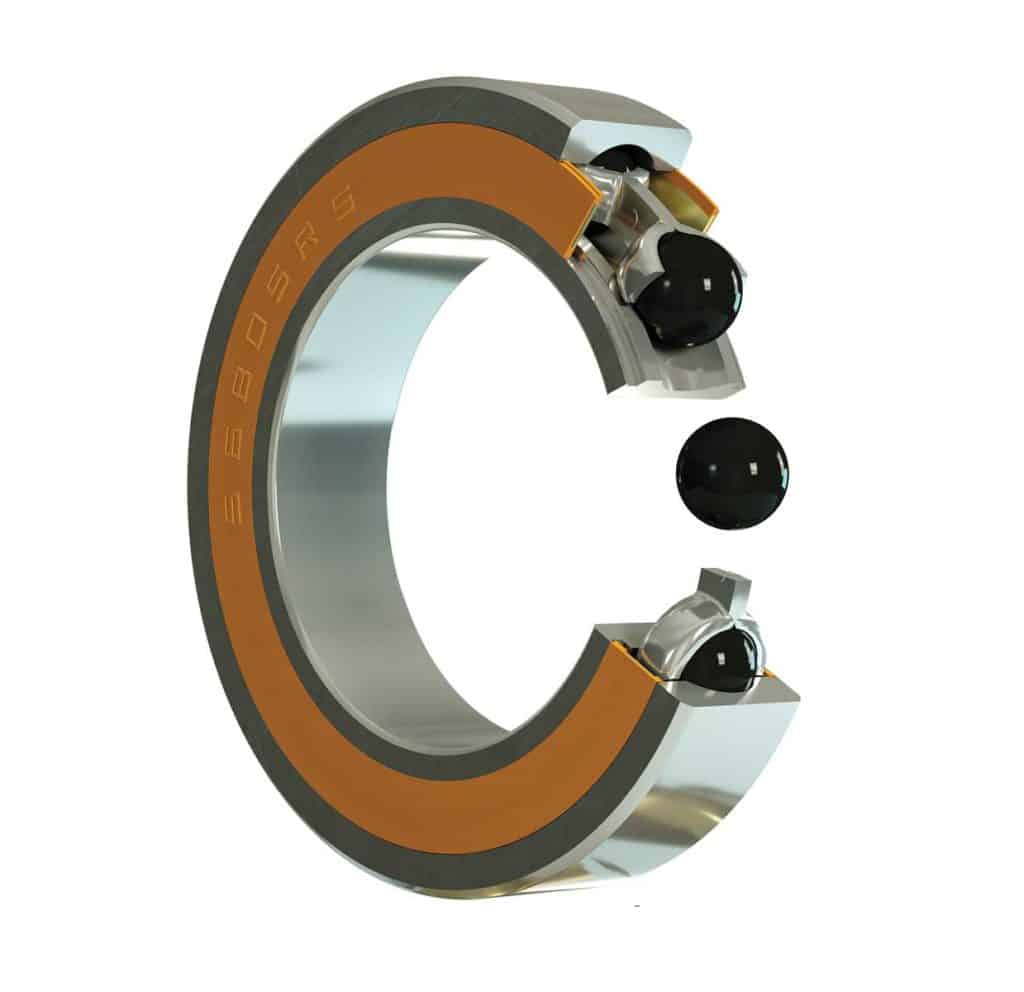
Bearing Care
Prolonging the life of a reel’s bearings is simply a matter of maintenance. Tony DuBeck, Penn reel services supervisor, says corrosion caused by salt water is a major problem.
“That’s probably the number-one reason reels come in for service: Salt water enters the reel,” DuBeck says, noting that the repair techs at the company’s Philadelphia headquarters, which services about 8,000 Penn reels a year, have seen bearings so corroded “that you can’t even get them off the pinion gear or the main gear.
Read Next: How to Choose the Right Spinning Reel
“You have grease and oil inside to prevent corrosion, but over time, the grease wears away, as does the oil, and that’s really when the salt attacks the ball bearings. Grease the gears and oil the ball bearings, then put a light coating of grease on top of that, which helps give it an extra shield.
“Grease is going to protect better against salt water, and it lasts longer. Oil is going to reel better. A lot of people don’t like a really heavy reel. If you pack an International with grease, most guys won’t notice it, but a 4000-size reel will have a really sluggish feeling.”
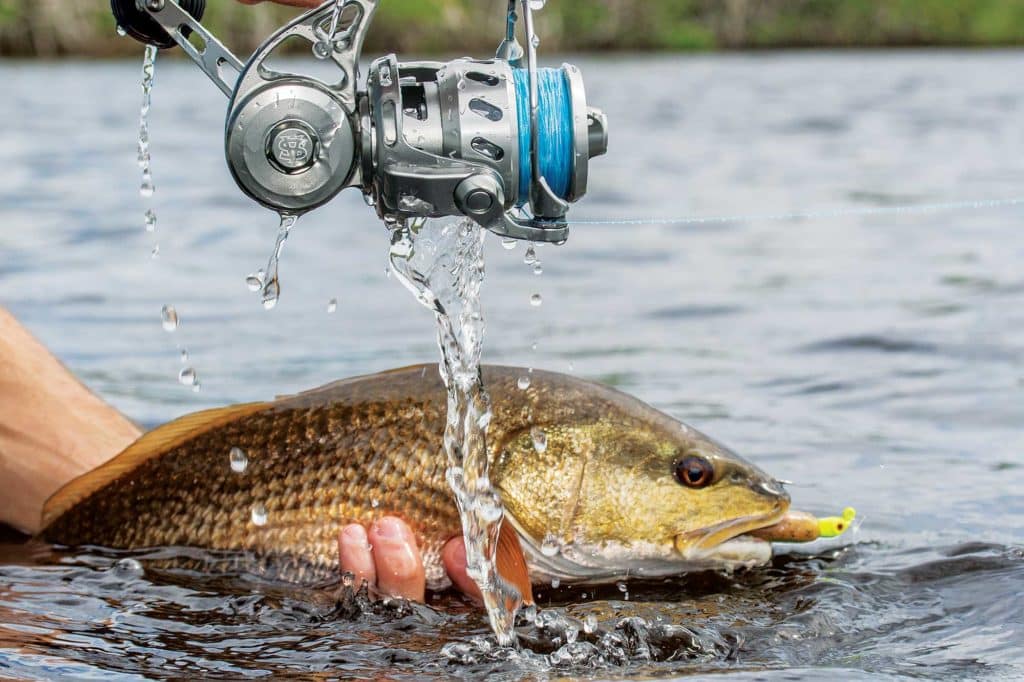
Rinsing reels with fresh water after an outing is important, but it’s also important to do it the right way. Use the shower or mist setting on your dock or garden-hose nozzle to gently dissolve the salt on the reel’s outside, then wipe the reel with a rag or towel.
“Don’t blast the reel with a hose,” DuBeck explains. “Imagine all the salt and sand on the outside of the reel. When you blast it, it goes inside. Then the only way to repair the reel is to completely strip it.
“Another common way to clean a reel is to dunk it in a bucket of water. You’re actually doing more harm because that clean water turns into salty, sandy water.”
One more tip: Don’t spray WD-40 inside your reels, which DuBeck says is the worst thing you can do because it is a solvent, not a lubricant. “It actually attacks the grease and oil remaining in the reel. Everyone should have marine-grade grease and oil. When a handle gets sticky or a ball bearing gets sticky, a little bit will go a long way.”

